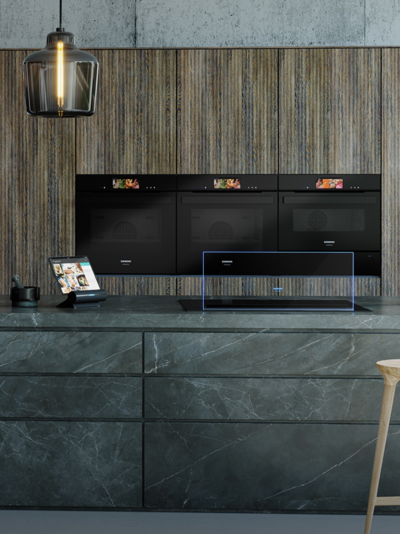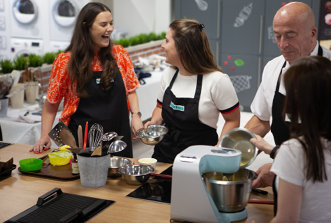There are three main types of extractor hood filters; fleece filters, metal grease filters and odor filters (also called activated carbon filters).
With the cleanAir Plus filter, a very high amount of odors are filtered out of the air – so unpleasant fish smells are a thing of the past. In addition: An extremely high amount of airborne pollen and deactivated allergens are also trapped by the filter. The cleanAir Plus filter usually has to be changed every 12 to 18 months.
Our regenerable long-life odor filter neutralize over 80% of odors, while convincing with 10 years of full performance thanks to the possibility of regeneration as it can be easily cleaned in the oven at 200°C every 4 months.
Activated carbon filters need to be changed when they become saturated. This is usually the case after 6 to 12 months for the standard activated carbon filters











